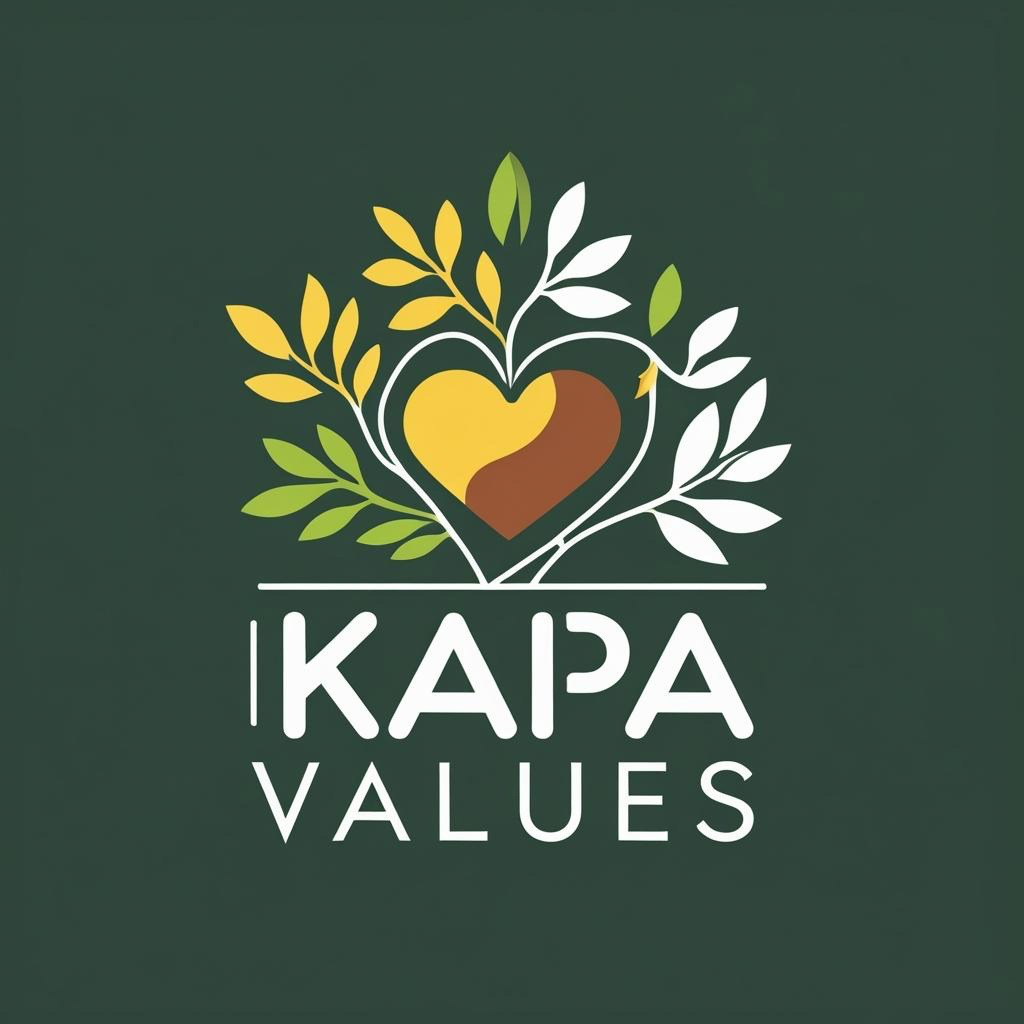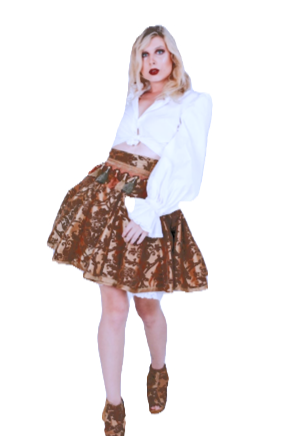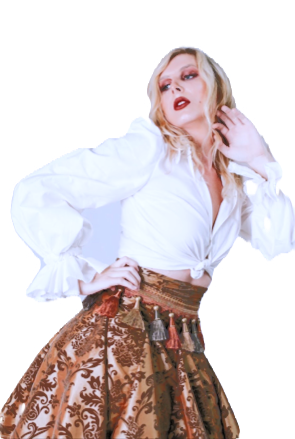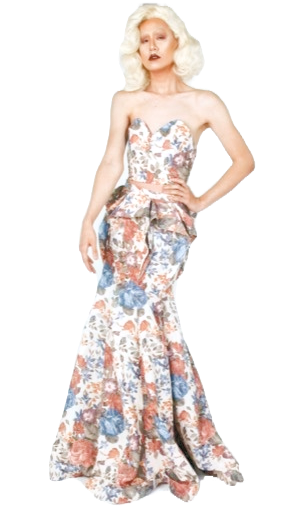Designers of Hawaii - Kaimi Kajiyama
- Kapa Magazine Hawaii & HMT Mx
- Apr 16, 2021
- 7 min read
We speak with Kaimi Kajiyama, fashion designer from the Big Island who has lived in
Hawaii his entire life. Kaimi moved to Oahu to pursue a career in fashion because there aren't
as many opportunities on the big island. He tells us that even at a young age, he knew he
wanted to be a fashion designer, saying that...
“Some people often struggle to figure out what they want to be in life, but I'm very fortunate that I've always been unwavering in my interest.”

So what is Kaimi up to now? He currently works as an apprentice tailor at Nordstrom!
Most of the work that he does on a weekly basis is alterations, but he tell us that they also offer services like monogramming and have promotional events including embroidering face masks and heat pressing Santa sacks for customers for the holidays.

The last time KAPA worked with Kaimi, he was still attending UH Manoa's fashion program. Since then, he has graduated, had some of his work in their annual fashion show, and worked for a bridal/prom/pageant dress shop in alterations.
Kaimi started off doing an internship with the bridal shop and eventually, they offered to pay him to do alterations. He tells us that while working there turned into a difficult situation, it was a huge learning opportunity at the same time. And at the end of the day, he feels that working with
this company made him appreciate the job he has currently much more.
While at UH Manoa, Kaimi also did some design work for drag queens, pageant queens and
upcycled an outfit through Goodwill for Wedding Week Hawaii in 2018.

KAPA wanted to get the inside scoop of what it was like to study at the UH fashion department of
design, in which Kaimi tells us that studying at UH Manoa gave him the foundation of skills to
sew, design and draft patterns.
He says, “I think most people have a skewed perception of what fashion design encompasses. When you plan a collection, you need to think about the price point, the materials, the patternmaking, the construction – there are so many different elements that come together to create clothing.
When I was at UH Manoa, the teachers help you to not only create a concept, but make you think about all the steps that lead to achieving it. I think the most important piece of knowledge I gained from there was using critical thinking when it comes to design. It can be easy to sketch a pretty illustration of a garment, but it's how you are able to construct it that really matters.”
Not only that, Kaimi has also been afforded some incredible opportunities from the program!
From 3D printing a dress from scratch and attending a 3D printing conference, to attending the
MAGIC trade show in Las Vegas one year, he even had the chance to co-author some research
on smart textiles while there, and he had a garment that was accepted into the ITAA
(International Textile and Apparel Association) where he was able to present it in Cleveland
Ohio.
Because he had transferred from another university and taken most of his general ed
requirements, when he got to Manoa, he was able to fill up his whole roster with nothing but
sewing and design courses and really immersed himself into it, wanting to dedicate himself to
learning patternmaking and design. Kaimi says that sewing is a learning curve and ultimately
requires you to put in the hours.
Kaimi tells us of his time at UH Manoa, “I think the experience is really what you make of it. I
was really motivated to take every opportunity I could and hustle for what I wanted, and I feel
like it paid off in the end. I was able to do so much and grow so much in my two and a half years
there.”
With inspiration being a large part of the design process, we wanted to know where Kaimi’s
inspiration comes from and what might prevent that at times. Kaimi’s response?
“My approach to design is that fashion can communicate so much, from your emotions to even broad abstract concepts like the political climate. For me, when I design, what I'm really doing is storytelling. My personal sense of style has always been on the more adventurous side. I have such an appreciation for unique design elements that make a garment stand out, whether it's a ruffle, fringe, rhinestones, unique style lines, or a bold silhouette…something that catches the eye.”
Kaimi says that he’s also really inspired by the strange and bizarre, from the un-comfortability
we feel from porcelain dolls to an appreciation for the idea of a haunting beauty. He likes to
challenge the idea of what we might conventionally find beautiful.
Another source of inspiration comes from nature, particularly insects and their unique patterns
and symmetry. He tells us, “I rarely get uninspired, but I usually have the opposite problem. I
often have so many ideas in my head that it can be hard to commit to a single idea.”
Since Kaimi is finished with UH Manoa's fashion program and now works in design, he says that
his favorite things to design are drag costumes for some of the local drag queens, as well as for
himself, along with pageant gowns, which he finds a particular satisfaction in seeing his work
appreciated on the stage, seeing the twinkling of rhinestones from the distance.
He also likes to design pieces that are a bit more editorial, seeing fashion design as an
expression of art. As a pretty shy person, Kaimi feels that he is able to communicate who he is
in large part with how he designs.
So what is the hardest part for Kaimi in terms of execution, design, or style?
He says, “I think style is so subjective and intrinsically unique to each person, whereas design is
more of a science. You're taking measurements and creating a 3-D garment from flat fabric. I
have such an appreciation for design and the way that garments are constructed.
When I look at a piece of clothing in the store, I'm looking at the fabrication of the material, the
seams on the garment, the way they finish the garment, the stitching, and even the inner
workings of a garment like shoulder pads or boning channels. Each garment's construction has a story itself, almost like the signature of a designer, and it's like looking at the schematics for a
house.”

Working in alterations, he sees a lot of variation in the design elements and finishing. One
of which is pants; as some pairs of jeans have a basic double fold hem, and some with a
distressing on fading. The approach to altering them differs. The same goes for pants, most knit
pants will have a cover-stitch hem, chino style pants tend to be double fold, and slacks often
have a blind hem.
In Kaimi’s opinion, he says that design is harder than style because you need to compare and
contrast the design to the functionality of the garment, whereas style is more about conveying
a look.
Kaimi’s favorite part of the fashion industry though? He says that it is the ingenuity of fashion.
What started out as people sewing and mending most of their own clothes, has evolved into a
trillion dollar industry that has come so far in terms of technology, patternmaking and textile
science.
While his least favorite part is of course exploited labor, as well as the environmental impact
fast fashion and manufacturing has made. That being said, Kaimi feels hopeful in the idea that
consumers are being more eco-conscious, and because of that, the rise of eco-conscious brands
has come to fruition.
The transition from commercial cotton to organic cotton, as well as the promotion of
transitional cotton, has become a huge selling point for brands. Also, the trend of higher quality
garments that will last in your closet and upcycling and thrifting gives him hope.
Kaimi’s dream for the fashion world of Hawaii is that we can broaden our reach and impact.
He tells us, “I think we are challenged by the importation of goods, but Hawaii is such a melting
pot and I think it's that diversity that makes our fashion so unique. I hope that in the future, we
can foster more growth of local small fashion businesses, and I think that we are already on
that path. Consumers care more nowadays if things are made locally, and are willing to pay
more to support our local economy.”

Kaimi leaves us with a piece of inspiration in hopes for anyone who reads this:
“Be unapologetically yourself and not afraid to take chances. I come from a family where both of my parents never finished college, and I took every opportunity possible to get a four year education solely on scholarships and grants to try to achieve my dreams in life. Pursue a job that makes you happy, and be passionate about the work you want to do, because you're going to be doing it almost every day and it can be taxing on you when you're uninterested in the work you do.”
What’s next for Kaimi? From UH Manoa fashion grad to Nordstrom apprentice tailor, in the
next five years he can see himself starting his own brand. But in the near future, Kaimi just
wants to take every opportunity to learn even more about sewing design and manufacture and
really be a sponge to soak up all of that knowledge.
That being said, Kaimi really enjoys his job in alterations and never imagined working for
Nordstrom for three years. He says that they offer great worker benefits and he is often
impressed by how progressive they've been during the BLM movement and how proactive they
are in taking precautions during Covid times.

In his free time, he wants to create fashion from the approach of creating art and to not take
himself too seriously. Kaimi finishes by telling us, “It's hard to say if I want to make a business out of something that I'm so artistically fueled by, but I think it's striking the balance between the two that will be my constant goal in life. Fashion design has given me the ability to express myself in a way that I never could with words, and I always want to keep that sense of magic in the work that I do.”
Story by Katlin Tara O'Carroll for KAPA MAGAZINE
Personal Stylist/Fashion Blogger ahappyblur.com



















Comments